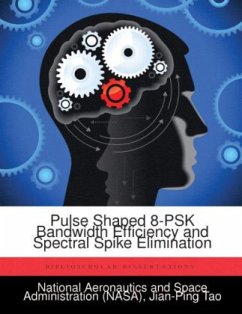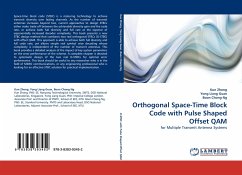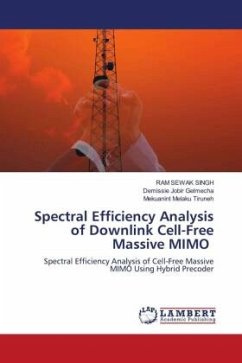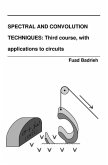The most bandwidth-efficient communication methods are imperative to cope with the congested frequency bands. Pulse shaping methods have excellent effects on narrowing bandwidth and increasing band utilization. The position of the baseband filters for the pulse shaping is crucial. Post-modulation pulse shaping (a low pass filter is located after the modulator) can change signals from constant envelope to non-constant envelope, and non-constant envelope signals through non-linear device (a SSPA or TWT) can further spread the power spectra. Pre-modulation pulse shaping (a filter is located before the modulator) will have constant envelope. These two pulse shaping methods have different effects on narrowing the bandwidth and producing bit errors. This report studied the effect of various pre-modulation pulse shaping filters with respect to bandwidth, spectral spikes and bit error rate. A pre-modulation pulse shaped 8-ary Phase Shift Keying (8PSK) modulation was used throughout the simulations. In addition to traditional pulse shaping filters, such as Bessel, Butterworth and Square Root Raised Cosine (SRRC), other kinds of filters or pulse waveforms were also studied in the pre-modulation pulse shaping method. Simulations were conducted by using the Signal Processing Worksystem (SPW) software package on HP workstations which simulated the power spectral density of pulse shaped 8-PSK signals, end to end system performance and bit error rates (BERS) as a function of Eb/No using pulse shaping in an AWGN channel. These results are compared with the post-modulation pulse shaped 8-PSK results. The simulations indicate traditional pulse shaping filters used in pre-modulation pulse shaping may produce narrower bandwidth, but with worse BER than those in post-modulation pulse shaping. Theory and simulations show pre- modulation pulse shaping could also produce discrete line power spectra (spikes) at regular frequency intervals.








